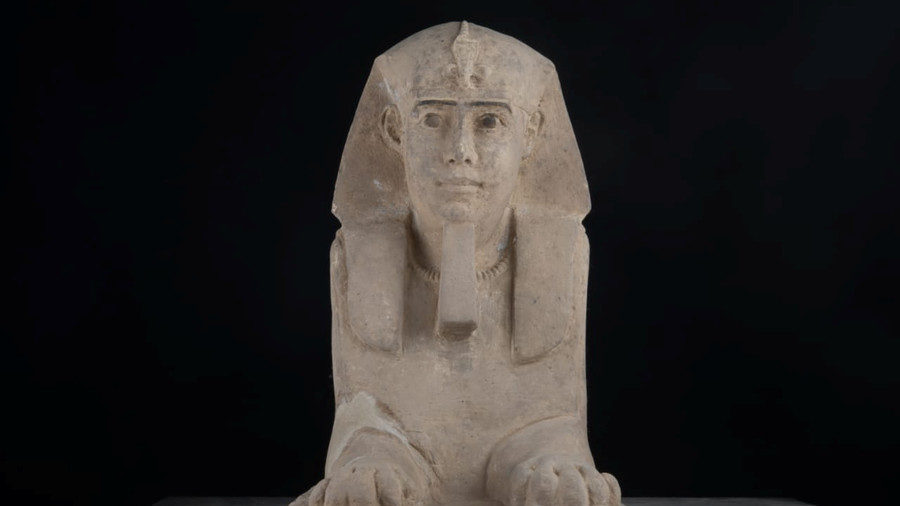
The team were working on reducing the groundwater level in Kom Ombo temple in Aswan when they made the discovery, the antiquities ministry confirmed.
The sandstone statue of the mythical beast, which has the head of a human and the body of a lion, most likely dates back to the Ptolemaic era, Dr. Mostafa Waziri, General Secretary of the Supreme Council of Antiquities, said.
Waziri explained that the sphinx was found at the same location where two sandstone reliefs of King Ptolemy V were uncovered two months ago. The Ptolemaic dynasty ruled Egypt from 305BC until the Roman conquest in 30BC.
Further studies will take now place to find out more about the newly revealed Sphinx and its purpose, according to the ministry. The discovery is one of several important archaeological finds made in Egypt in recent years.



Reader Comments
IF, and that's a very big if, one could be certain that it really were a "scale model", I would think that France should be required to pay to reconstruct the face of the Giza sphinx (using the miniature as a template), as it was Napoleon's soldiers who destroyed the face by using it as an artillery target.